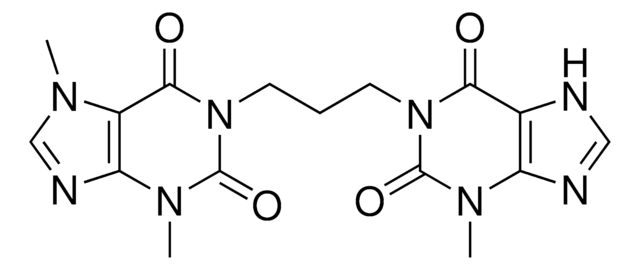270466
2-Methyl-1-propanol
suitable for HPLC, 99.5%
Synonym(s):
Isobutanol, Isobutyl alcohol
Select a Size
Select a Size
About This Item
8.8 mmHg ( 0 °C)
Recommended Products
grade
HPLC grade
vapor density
2.55 (vs air)
vapor pressure
8 mmHg ( 20 °C)
8.8 mmHg ( 0 °C)
Assay
99.5%
form
liquid
autoignition temp.
801 °F
purified by
glass distillation
expl. lim.
10.6 %
technique(s)
HPLC: suitable
impurities
<0.050% water
evapn. residue
<0.0005%
refractive index
n20/D 1.396 (lit.)
bp
108 °C (lit.)
mp
−108 °C (lit.)
density
0.803 g/mL at 25 °C (lit.)
λ
H2O reference
UV absorption
λ: 219 nm Amax: 1.00
λ: 230 nm Amax: 0.50
λ: 245 nm Amax: 0.10
λ: 250 nm Amax: 0.05
λ: 260 nm Amax: 0.03
λ: 330-400 nm Amax: 0.01
SMILES string
CC(C)CO
InChI
1S/C4H10O/c1-4(2)3-5/h4-5H,3H2,1-2H3
InChI key
ZXEKIIBDNHEJCQ-UHFFFAOYSA-N
Looking for similar products? Visit Product Comparison Guide
Related Categories
Application
- Identifying Sensory Attributes of Korean Rice Wine (Makgeolli): This study used 2-Methyl-1-propanol for sensory evaluation and chemical analysis to define the flavor profiles of traditional Korean rice wine, highlighting its application in food science and flavor analysis (Wong et al., 2023).
Signal Word
Danger
Hazard Statements
Precautionary Statements
Hazard Classifications
Eye Dam. 1 - Flam. Liq. 3 - Skin Irrit. 2 - STOT SE 3
Target Organs
Central nervous system, Respiratory system
Storage Class Code
3 - Flammable liquids
WGK
WGK 1
Flash Point(F)
82.4 °F - closed cup
Flash Point(C)
28 °C - closed cup
Regulatory Listings
Regulatory Listings are mainly provided for chemical products. Only limited information can be provided here for non-chemical products. No entry means none of the components are listed. It is the user’s obligation to ensure the safe and legal use of the product.
FSL
Group 4: Flammable liquids
Type 2 petroleums
Hazardous rank III
Water insoluble liquid
ISHL Indicated Name
Substances Subject to be Indicated Names
ISHL Notified Names
Substances Subject to be Notified Names
JAN Code
270466-1L:4548173127323
270466-4L:
270466-4X4L:4548173127347
270466-VAR:
270466-BULK:
270466-100ML:4548173127316
270466-6X800ML:
270466-500ML:
270466-6X500ML:
270466-2L:4548173127330
270466-10L:
Choose from one of the most recent versions:
Already Own This Product?
Find documentation for the products that you have recently purchased in the Document Library.
Customers Also Viewed
Active Filters
Our team of scientists has experience in all areas of research including Life Science, Material Science, Chemical Synthesis, Chromatography, Analytical and many others.
Contact Technical Service









